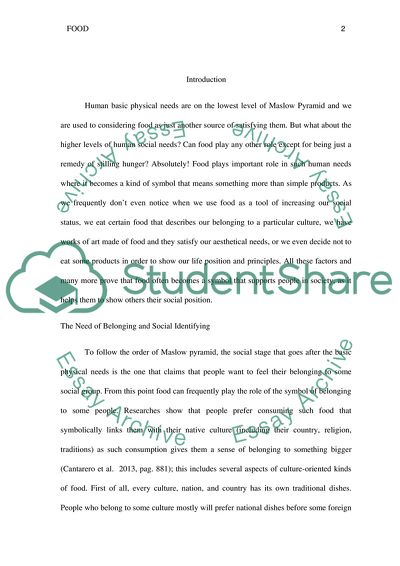Cite this document
(Food as a Tool of Satisfaction of Human Social Needs Essay - 1, n.d.)
Food as a Tool of Satisfaction of Human Social Needs Essay - 1. https://studentshare.org/social-science/1846445-social-psychology
Food as a Tool of Satisfaction of Human Social Needs Essay - 1. https://studentshare.org/social-science/1846445-social-psychology
(Food As a Tool of Satisfaction of Human Social Needs Essay - 1)
Food As a Tool of Satisfaction of Human Social Needs Essay - 1. https://studentshare.org/social-science/1846445-social-psychology.
Food As a Tool of Satisfaction of Human Social Needs Essay - 1. https://studentshare.org/social-science/1846445-social-psychology.
“Food As a Tool of Satisfaction of Human Social Needs Essay - 1”. https://studentshare.org/social-science/1846445-social-psychology.


